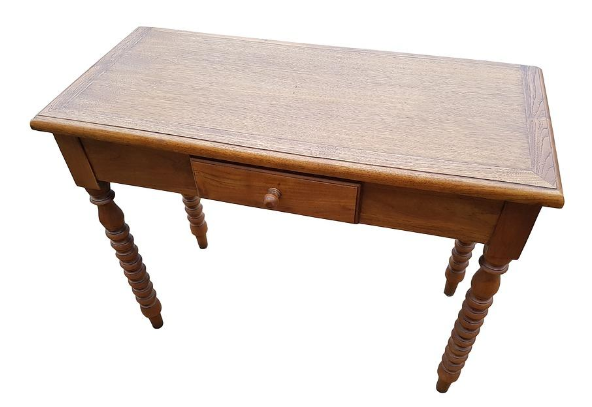There are many aspects of your home that you can consider an investment. For example, putting money into the water purification system of your home not only increases the resale value, but makes your life easier on a day to day basis. Water softeners are particularly well known for being ‘game changers’ in home as they treat the entire water system and for those who are interested, you can check out these reviews of the best water softeners and start to understand why certain home upgrades are more than just investments. Furniture for example, can make a big difference!

Furniture is an investment, and the best made furniture will last for generations to come. The ideal piece of furniture is one that owners needn’t worry about breaking, cracking, falling apart, or peeling from daily use. However, when buyers must choose between solid wood and veneer, which choice is truly the better investment? This article will cast the spotlight on both, and try and determine which is the smarter choice.
You can find veneer furniture at pretty much any box store, as it’s the easier and cheaper of the two to produce. Contrary to what you might think, unique, quality contemporary solid wood furniture is also being produced right here in Ontario – just check out Woodcraft solid wood furniture for ideas and examples.
Veneer Furniture
Veneer began as a furniture technique earlier that you might think – Egyptians created veneer furniture due to scarcity of trees, but gone are the days of handcrafted veneer furniture. Today, veneer furniture is a catch all for chipboard or medium density fiberboard (MDF) based furniture.
The pros are that it’s inexpensive, lightweight, and you can choose from a variety of wood-look finishes—including styles uncommon in solid wood varieties. The cons are that it’s chemical laden—glues hold the wood dust and particles together; it damages easily and most of that damage isn’t fixable; also, it’s mass produced, so you won’t get any one-of-a-kind pieces. Veneer may also cost more in the long run, since when it breaks you have to replace it entirely. It often requires the buyer to put it together.
Mass manufactured veneer furniture is everywhere. It, too, comes in a variety of styles, and, for homeowners on a budget, it comes with what appears to be a smaller price tag. However, veneer furniture won’t last, and often owners seek replacements due to chipping, warping, peeling, or because their chosen style or color doesn’t fit with the changing times. MDF and chipboard make furniture lightweight, which can be a plus, but it also makes it susceptible to irreparable damage and loose pieces. Buyers are generally responsible for putting it together, which can lead to errors, potential damage, or injury.
Solid Wood Furniture
Buyers strolling through a local antique market or craft fair will discover handcrafted solid wood pieces. They won’t find many veneer pieces, if any. Timeless, sturdy, and beautiful are all terms used to describe real wood furniture, but modern, edgy pieces exist too, to fit any style. Real wood can also be refinished, painted, and stained.
The pros of solid wood furniture are that it’s often one-of-a-kind; you support local business in the process; the furniture is made by expert hands, not a machine; the material is durable and strong, so will last for generations; and you can custom order your solid wood furniture, choosing the type of wood and stain, to match your existing décor. The cons are that it’s heavier, with a higher upfront investment (although cheaper over time). Solid wood also requires a bit of additional care — regular dusting, oiling, or reapplying wax/polish.
The better investment is solid wood. To offset the higher cost, buyers can easily buy pieces over time too, or they can purchase a signature focal piece and design their space around it. Enjoying solid wood furniture made by Canadian craftsmen using maple, cherry, oak, and pine to build signature and everyday pieces for the home is entirely worth the extra upfront cost.